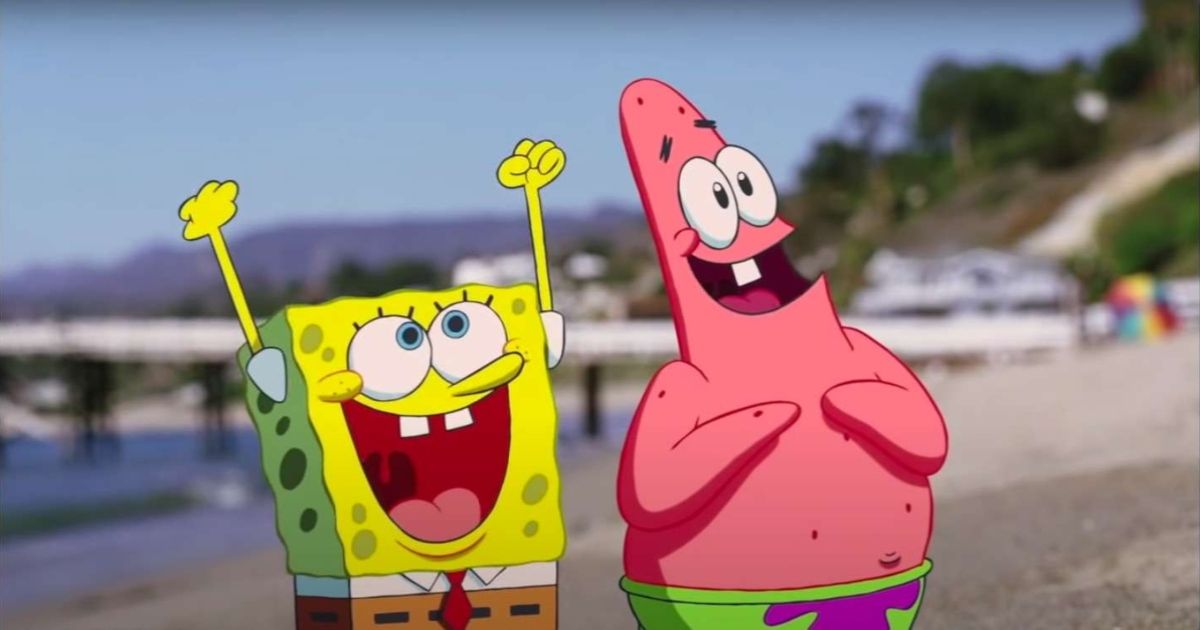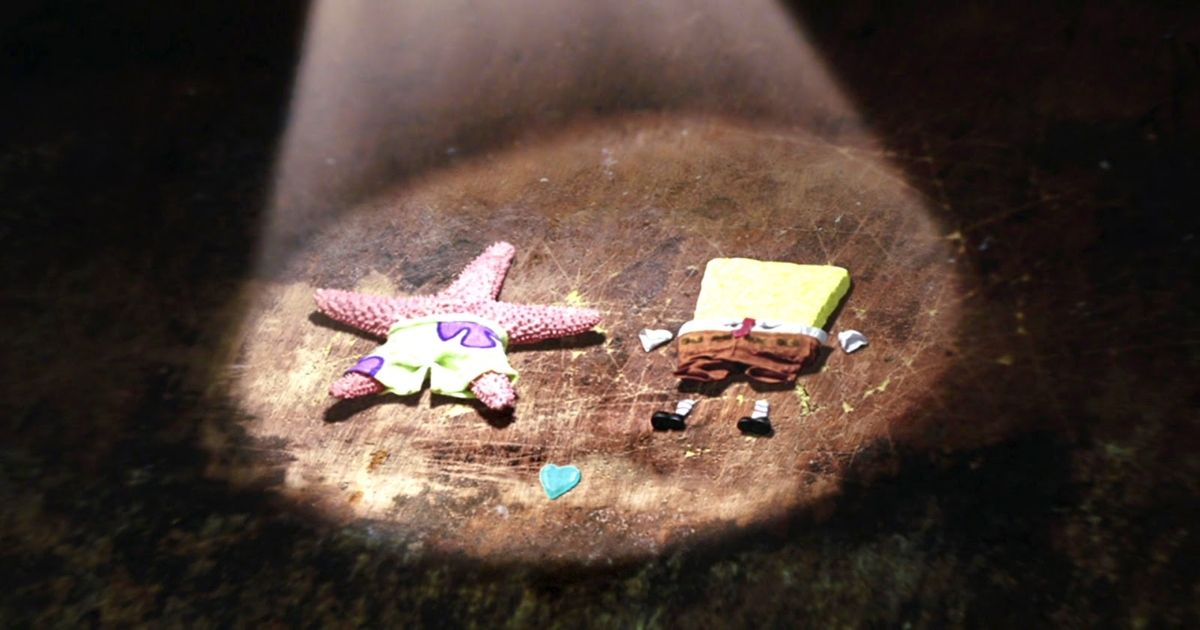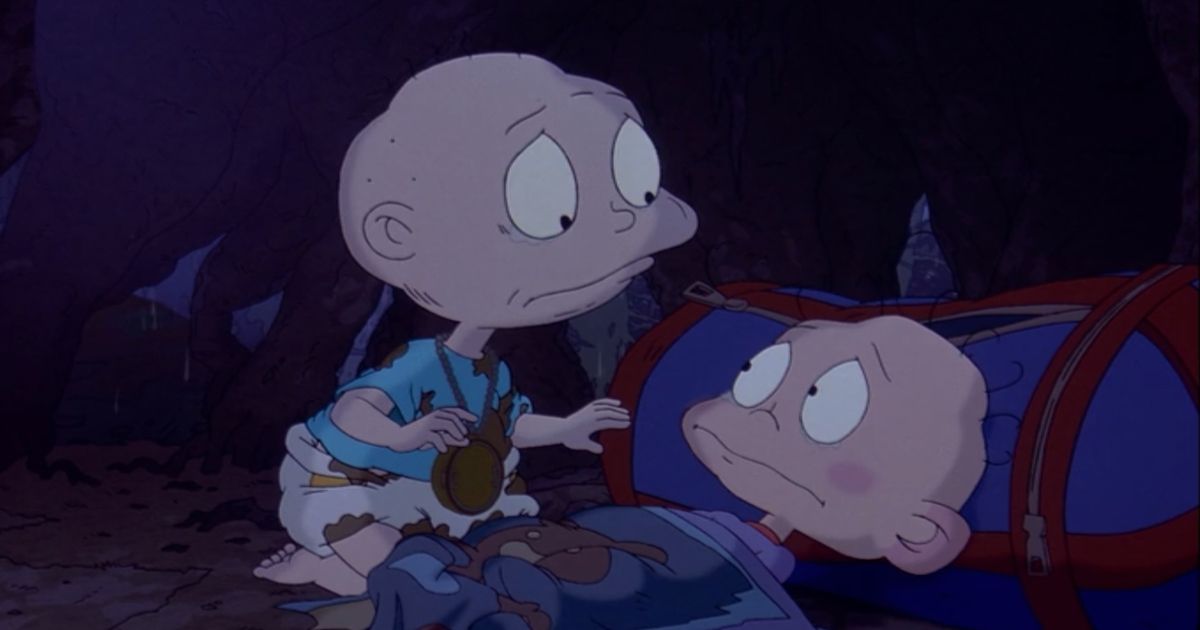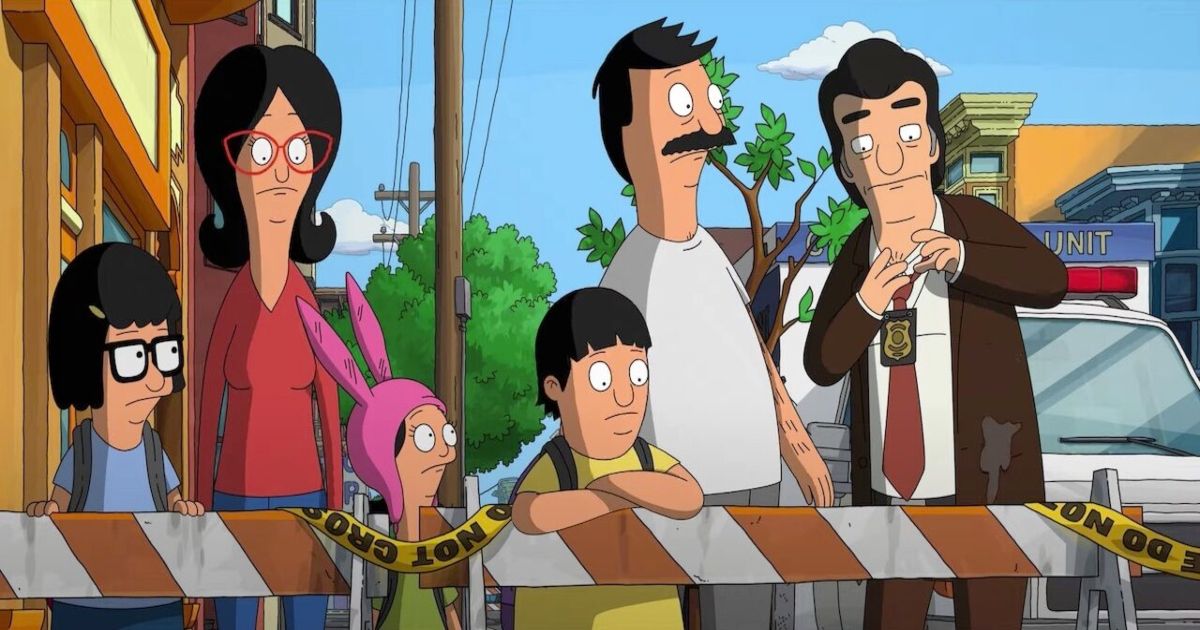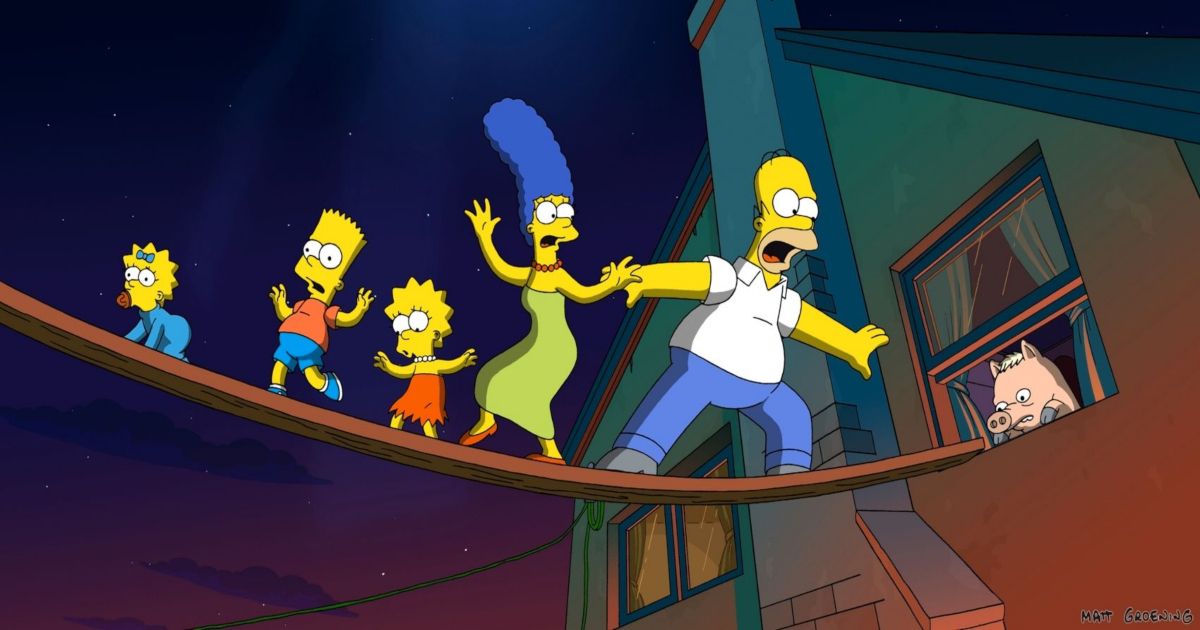With the recent release of The Bob's Burgers Movie to theaters, discussions surrounding what makes a great film adaptation of a cartoon have once again started making the rounds. Though many might disagree on what films in particular fall into this category, there is a sound structure to go off of when judging the good from the bad.
Still a novel concept when announced for shows that have yet to receive them, movies based on existing cartoons churn up excitement within fan bases to an unmatched degree, with everyone clamoring to see their favorite characters and settings represented on the big screen in what must be a bigger, better story than what you'd see in just a long episode. The distinction between one such film feeling like a stretched-to-feature-length episodic outing, or genuine theatrical interpretration is an important one, and when knowing just what to look out for one can definitely begin to see which movies fall into either category.
A Story that Necessitates Itself
The most important element to making a theatrical movie of a cartoon is to tell a story that can only be told in a feature-length film. When people go to see something like The SpongeBob SquarePants Movie, they don't expect to view a story that would be reminiscent of the average 11-minute TV time slot for the popular sponge. What is expected however is one that ups the stakes, taking all existing elements of the property and elevating them to be either more funny, emotional, or exciting than what you'd be provided usually. It's one thing to get people to watch an episode on their couch, but to get them to buy tickets and watch in a theater would need a plot with a bit more meat on its bones.
Taking characters out of their comfort zones, either physically or emotionally, is generally how most adaptations go about achieving this sense of evolution from the status quo. While simply placing the leads in a new environment can lead to funny and memorable results, it can risk being a bit shallow when there isn't a strong enough structure to get them there outside of asking "wouldn't it be funny if blank went to Vegas?" Tying together their external journey to an internal one by making a personal attachment to the adventure is a great way to make a narrative seem less contrived, and provide a sense of character growth that can become a permanent change within the world of the series, thus further making the movie feel like a stronger, more necessary pillar to the show.
What Have We Learned?
The nature of a typical episodic comedy cartoon is simple: feature the characters engaging in some humorous course of events for the allotted runtime, then set things back to square one for the next episode to do the same. Though to use this same format in a theatrical adaptation can leave viewers with an unsatisfied feeling, as if the movie they just watched didn't need to exist at all, and had made no difference for the show outside of, once again, being an entertaining long episode.
The aforementioned use of character growth is far and beyond the most popular means of providing a much-needed feeling of change. To not end where we started narratively is the goal, and whether it means a long-awaited backstory is given, a flaw is reformed, or even a permanent new character is introduced, things should never end up exactly the same.
Another popular means in which a big change is represented would be to tackle an origin story, one that sets up the events of the show, coming out either before the show's airing or during, and even in some cases serving as a nostalgic cartoon revival years later. Though our focus is mainly on adaptations made alongside the production of the series, as these remakes tend to follow a different set of rules for success.
Getting a Cartoon Facelift
It's no secret that the budget for a full-length movie will vastly surpass what it would otherwise be for any given episode of a cartoon. With this in mind, it's clear to see why many series' attempts at the big screen come with an increase in quality for the animation itself, allowing for smoother movements, more detailed use of lighting and shadows, and even in some controversial cases, changing the art style from traditional 2D to 3D CGI. While fans of the original show often scowl at the idea, certain cartoon movies take the opportunity to update their typical visual style, emphasizing the distinction, though can risk losing the charm and familiarity that attracted viewers in the first place.
Movies based off of source material should always consider the fans to be the main audience, and when altering the art style, the most distinctive element to an animated product, it can leave a sour taste and not function properly as a recognizable adaptation (something seen with the initial backlash to the designs in the movie adaptation of Sonic the Hedgehog). If the fans aren't happy with the product, how would a casual viewer feel any different?
A Good Place to Start
Functioning as a standalone film when based off of an existing franchise can be tricky; with everything having already been established within the series, it's debatable how much to explain to an audience, and how much to assume is self-explanatory. Fans don't want to sit through being re-introduced to the world that they're already familiar with, but instead want to get straight to the plot, so the perfect middle ground between running with the ball and making newcomers feel like they understand what's actually going on is key.
In a way, a film adaptation serves as an ambassador to the cartoon series it's based on, hoping to represent the world and characters at their best and to please not only fans, but those who may have never seen the show to begin with. To go forward with the idea of taking a show to the big screen should always come from a place of genuine love and care for the source material, and compliment what exists already, whether it be to portray how it all began, ended, or changed for the better.

